Freelancing 101
Transcript for a conference talk presented on freelancing.
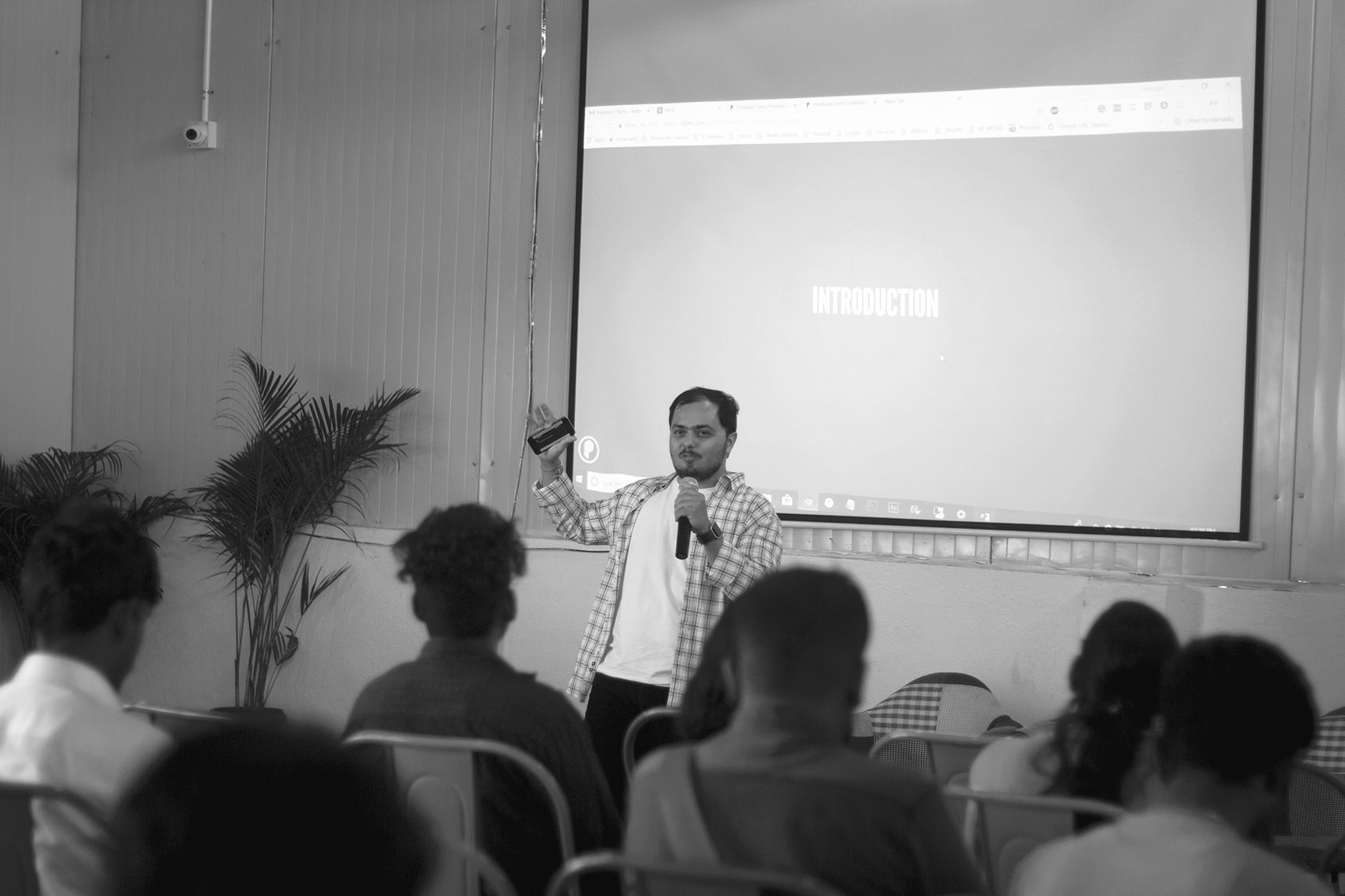
Last Sunday, I gave a speech at a digital marketing conference on the basics of freelancing. The talk was structured to address Bloggers and Digital marketers as they formed a significant category of the audience. However, I tried to cover freelancing from a general perspective as well. The transcript of the speech is as follows:
Hello Friends, I am Prashant Sani, I am a front-end website developer and a UX consultant. My topic for today is "Freelancing 101". Before going to this topic, I would like to share a short story from my childhood days.
Introduction
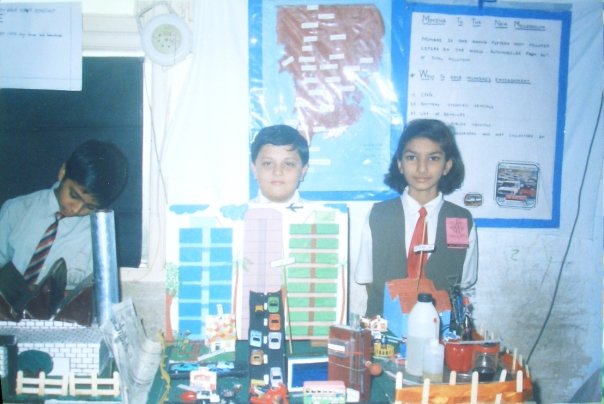
While growing up as a kid, I was always inquisitive about creating things. Drawing and Craft were my favourite subjects. From building paper-model ships to aeroplanes, every time I created something; I got a sense of satisfaction. During my high school years, I teamed up with four of my friends for an inter-school science project. We ended up winning the first prize for the project. Looking back to my childhood and comparing it with my adult life, I feel deeply gratified to be a Design / UX Consultant and a front-end developer. I get to create things every single day. We are living in an era when we can choose our careers, no matter how conventional or unconventional they are. The web has made it easy for anyone to pick up and master a skill and land in a desirable job. One thing that I still see lacking in many people is entrepreneurial thinking. So, I am here to talk about thinking like an entrepreneur whether you are working as a freelancer or working in a job.
Slides:
Freelancing
What is freelancing?
Any work you do for other people, outside your job and doing that gets you paid.
Suppose you are a blogger and you know how to install a WordPress blog on a custom domain; You would offer help to other bloggers to host their blog and earn an extra income.
Why freelancing?
If you are a blogger and:
- Find it difficult to write a niche content
- struggle with coming up with great design and User Interface elements for your blog,
- struggle with maintaining the SEO of the blog
You can outsource a skill that you are not good at and the money for the same can be earned by freelancing. Many bloggers started their journey working as a freelancer and trading their skills.
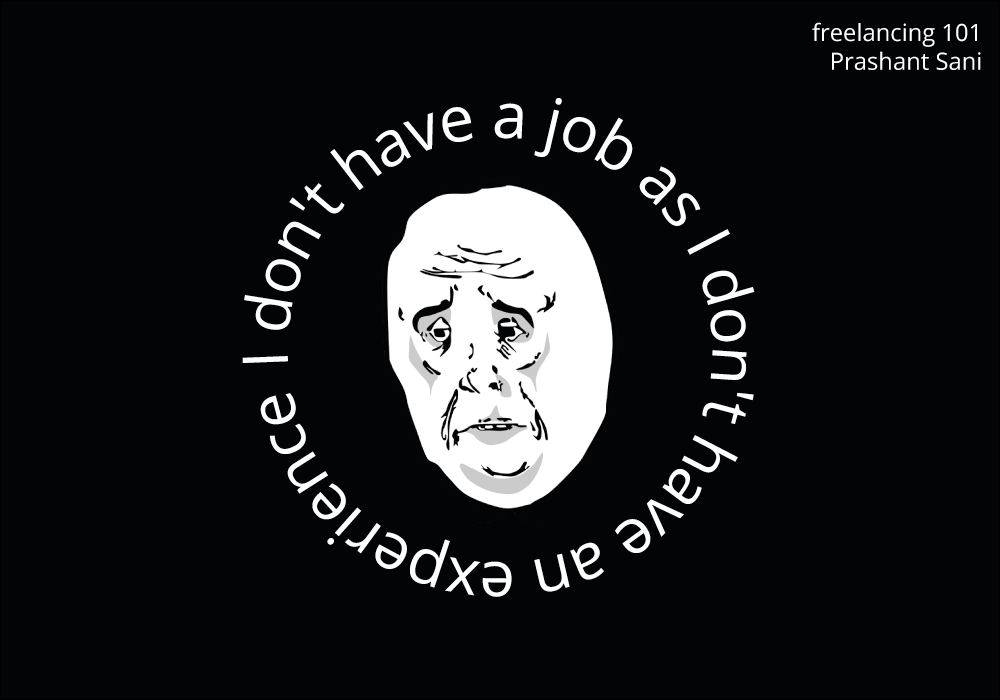
You can also freelance during the initial stage of your career. There is a famous meme that "I don't have a job as I don't have experience". In such cases, freelancing can help you build a portfolio and gain that experience you need.
Working for Passion and developing a skill would reap long-term benefits if you are starting your career. While choosing an option between one that pays you higher than the industry standard and one that helps nurture your knowledge/skill, always opt for the latter.
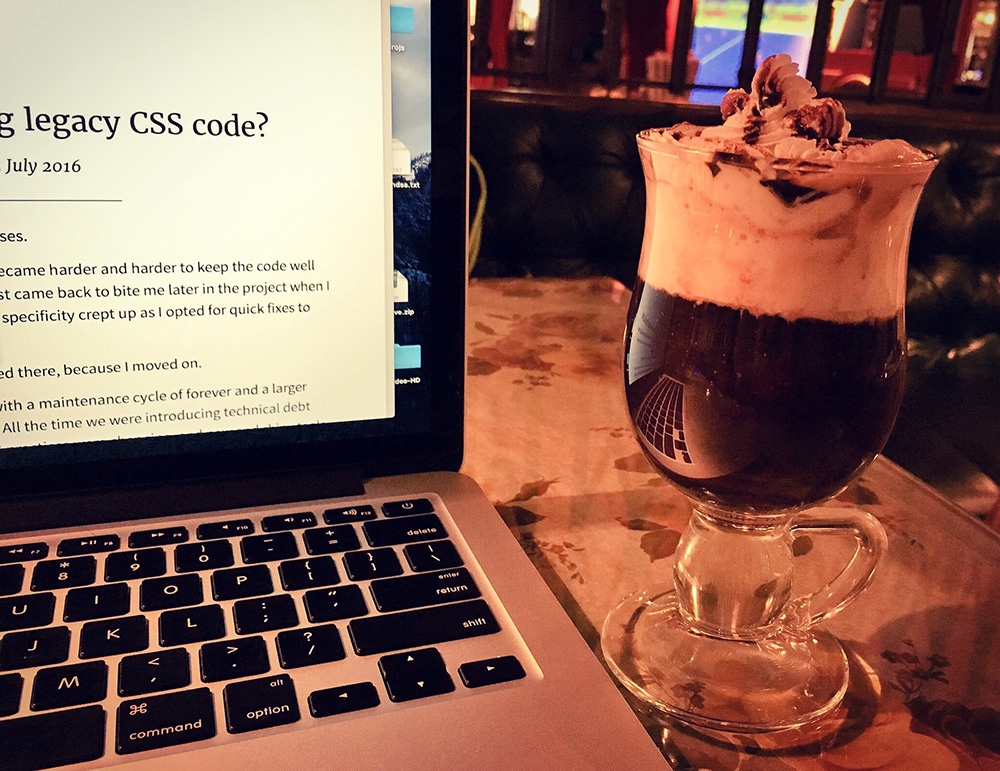
In general, many people earn their living through freelancing. Freelancing gives:
- Autonomy with regards to the services you are interested in selling and clients you wish to work with
- It helps you build a better portfolio, resume, and land a high paid job
- You can lead a lifestyle-centric life. You can choose the number of hours, weeks and days you want to work. It also frees you from having to work out of a specific location. You get to choose your work of place, and working out of Cafés sometimes can be deeply inspiring, especially for the creative crowd. Thus, It can help you achieve a greater work-life balance.
- It lowers your commute cost - work comfortably from your home
- You can Travel while working

Freelancing: Step by Step:
I suppose the idea of being a freelancer sounds convincing to you now. However, you must be curious to know what should be the next steps or how you would get started. Having an experience of over six years working with Indian and International clients, I would like to summarise the starting points for freelancing in 5 simple steps:
- Identifying a service to sell
- Pitching your service
- Sending Quotations
- Doing the actual work and Getting Paid.
- Creating Case study and marketing your work.
1. Identify a service to sell:
- Find out what you like
- Find out what you are good at and where you can add value to other
business.
Examples: Installing WordPress blog, basic CSS customisation, Voice over, a CA filling tax returns for an individual, a lawyer giving consultation service, and so on.
2. Pitch your service
You can pitch your service to a prospective client in 3 ways:
- By Emailing
- Telephonic Conversation
- Personally pitching your service.
Since most of the alliance that you do would be involving yourself into would be a Business to a Business relationship, you have to keep your pitch precise and to the point.
Ideally, start with a local business at an initial stage of your career. If you are a part of co-working space, you can personally pitch your service, or you can get help from Community Managers. It will help your business if you speak to the Community Managers as they facilitate in fostering business connections. Please make sure "what you do" is known by most the community managers. They can take it from there and help you to connect with your prospective clients.
Pitch your service to everyone you know. Ask this question to everyone in your network "Do you know anyone who would be interested in my service and can you refer me to someone?"
Networking can also happen through events, meet-ups and conferences (like this one). Do not underestimate the power of word of mouth marketing; It helped me to sail my first five years of freelancing successfully.
3. Quote your terms and cost:
-
Ask Questions, don't leave a single doubt assumed
-
Keep terms and conditions more or less similar for all the projects belonging to the same category. Create a template for bills, terms and conditions. You can also use an online service to do so.
-
Discuss with client upfront what things could be shared publically in your case-study and resume for the work that you have done.
-
Pricing:
Project Basis = ( Hourly rate * Approx. number of hours ) * 1.1
Per Day (Contractor) = Hourly Rate * Number of Hours (Including/excluding Breaks )- Beginner:
Work for Less or for free. You don't have a portfolio, and you need to have one. However, do not compromise on the quality of the work. Remember, only quality work gets you a reputation and referrals. - Pro:
When you already have been recognised for your work, and you have a portfolio, you should never be working for a cheaper rate. Always remember "People equate value with cost". Charge at an industry standard and nothing below that. Avoid giving a discount to a client. It is unfair to your past clients and makes you look miserable and in desperate need of projects.
- Beginner:
-
Payment Terms :
- Project Basis:
Advance 40% , Intermediate 30% , Final Payment 30%
OR
Advance 50% , Final Payment 50% - Usually, for a long-term contract, raise the bill/invoice at the end of the month.
- Project Basis:
-
If you are working on a project basis, always add a day or two for contingencies.
4. Work and Getting Paid:
-
Convert the entire scope of work in smaller tasks and use task management tools like Trello.
-
Finish your work on time. Timely completion of work is essential for any freelancer who is looking for repeat work and referrals.
-
While working with clients (and prospective clients), one of the key things to build a great relationship would be communication. Usually, Communication happens in the following ways:
- Passive Communication
- Aggressive Communication
- Passive Aggressive Communication
- Assertive Communication.
Passive communication refers to communication in which a party refuses to express their own opinions or feelings, protecting their rights, and identifying and meeting their needs. Aggressive is quite the opposite of Passive communication. It uses manipulation and other tactics to get the need fulfilled. Aggressive clients would set unrealistic expectations and goals. Such clients can ruin your state of mind and your reputation as a freelancer. Passive Aggressive is a style in which individuals appear passive on the surface but in reality are acting out anger in a subtle, indirect, or behind-the-scenes way. Assertive communication is a style in which individuals clearly state their opinions and feelings, and firmly advocate for their rights and needs without violating the rights of others.
I strongly recommend the use of assertive communication while communicating with clients. It helps to create better products by maintaining the mediation between the client's and freelancer's needs and expectation from the project.
Also, It would help your business if you pay attention to communicating your service clearly on your site. It is better to use sentences like "I will get you on the top 10 of google searches", "I am a creative freelance front-end web developer" over abstract statements like "I sell custom software services". Clear communication would be an absolute selling point for your service when you get into niche freelancing.
What is the first thing a user sees on a website?
Is the communication more direct and precise?
For my homepage, I have used a concise and a clear message to communicate my skill and expertise.
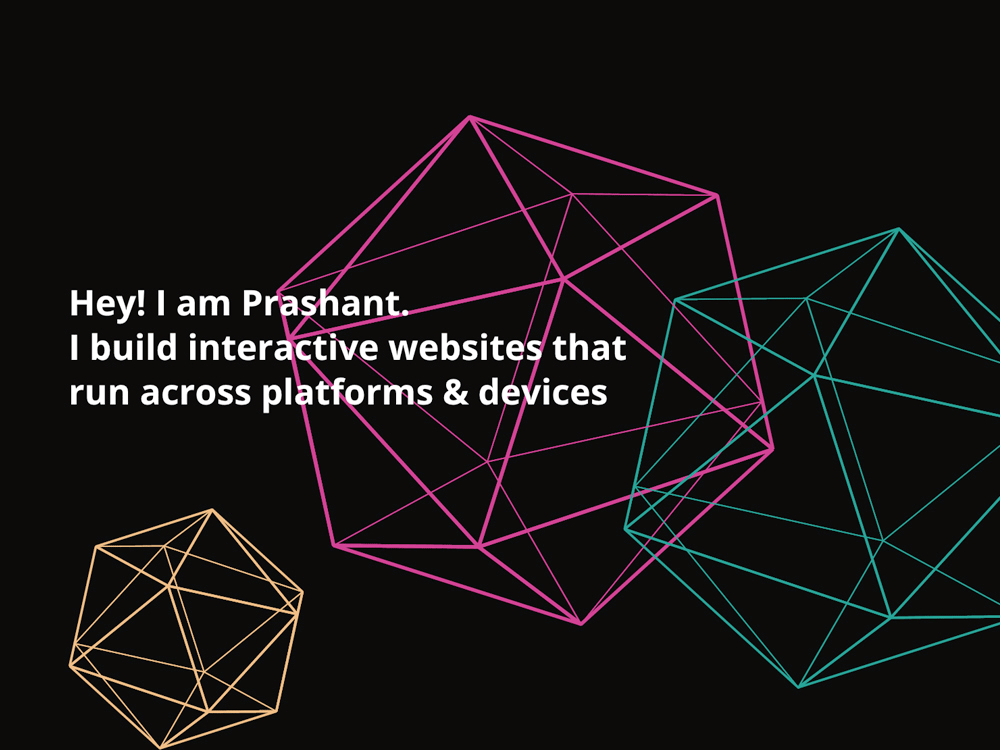
5. Create a Case Study out of it and Market yourself.
Ideally, a case-study should include the following:
-
Brief: What was the project all about?
For instance, it could be a website for an event based company based in Mumbai, India. -
Your Scope: What were you expected to do for the project?
Here you would be discussing the "what" of something that you achieved. For example, I was expected to create the front-end for a website. -
Your Method, Ideas, Process:
You would discuss the "how" you tried to achieve your goals. -
Achievements, Results and Testimonials.
Should I leave my current job? Nope.
Should I not work anywhere and wait for a freelance opportunity?
Many perspective freelancers should understand that they need to plan their finance in a very systematic way. Unlike a job, freelancing has more ups and downs. Before going full-time freelance, one should try it out as a side gig.
Your Website is always your first brand touch point. Make it special.
Branding yourself as a freelancer
In spite of sustaining a freelance business for over five years, I realised its time to develop a portfolio website showcasing some of my best work. During the month of February 2017, I launched my portfolio website and le the following things (Purely from a freelancing stand-point):
- Having an online portfolio demonstrates that you are skilful in picking up the project.
- It helps in getting more international clients.
- It validates your skill, thus your cost.
Your website design should be not only aesthetically pleasing but also communicate the nature of your service and your Unique selling proposition.
You might have observed while having a constructive conversation with anyone, the non-verbal communication (or body language) adds more value and information to the same. The body language of someone can express the intensity of their emotions. Similarly, design acts as one of the mediums to emphasise and communicate certain things clearly about a brand.
The Design is body language of the web. It helps to communicate certain aspects of your brand without the use of words.
Before developing my website, I had a clear goal to showcase and deliver the following messages through design :
- I wanted my site to load in less than 3 seconds (Click here to know more)
- Since I specialise in animations, the site would rely heavily on animations on user interactions. The animation choreography was done by me as well.
- I wanted more of geometric elements and sharp elements showcasing crispness of work to be delivered
- Vector designs create razor-sharp graphics that render crystal clear on retina screens. I wanted to showcase my expertise in optimising page-size and web-graphics
- I refrained from using any frameworks showcasing my front-end skills
I got a lot of referrals, mentions & awards for my portfolio website in the year 2017. I made more business connections, and I finally landed in my first remote job (which I quit, recently).
Before hiring a designer, you should have a brief idea on how you want your brand to look. I did the same. In the virtual world, most of your users are going to identify you with your brand collaterals, which includes websites and social media posters. Communication (as stated earlier) also plays a vital role in portraying a personal brand.
Look for communicating your skills as a designer/developer through Non-verbal communication. It helps to make your personal brand stand-out from the competition.
Steps to create a brand:
- Start with the logo, brand colours and fonts.
- Then a website,
- Poster and other design collaterals
- If its a product, a style guide is mandatory.
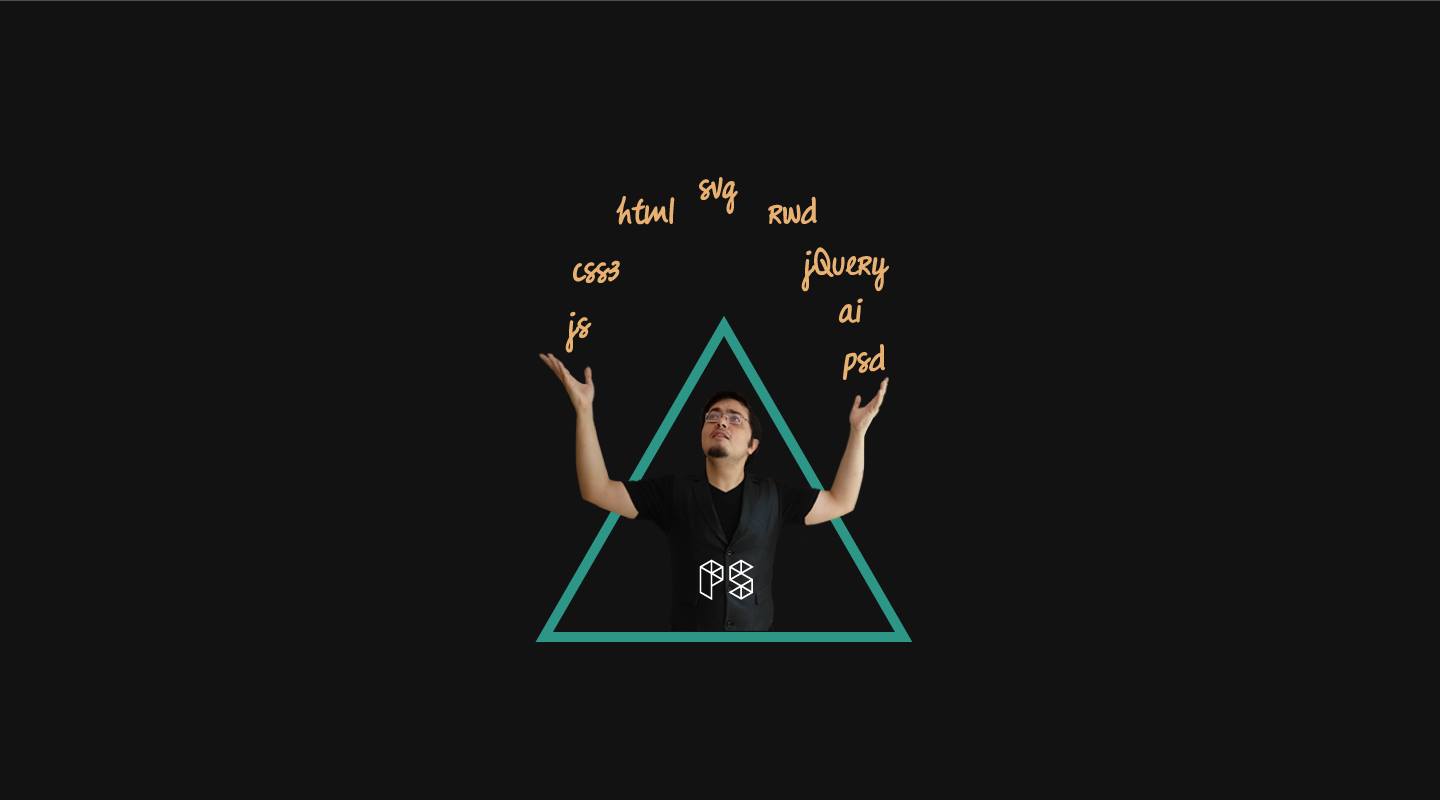
It was a great experience sharing my thoughts amongst an enthusiastic audience, and I thank the organisers and venue sponsor for the same.
